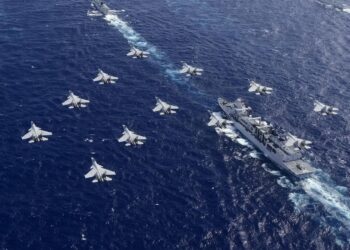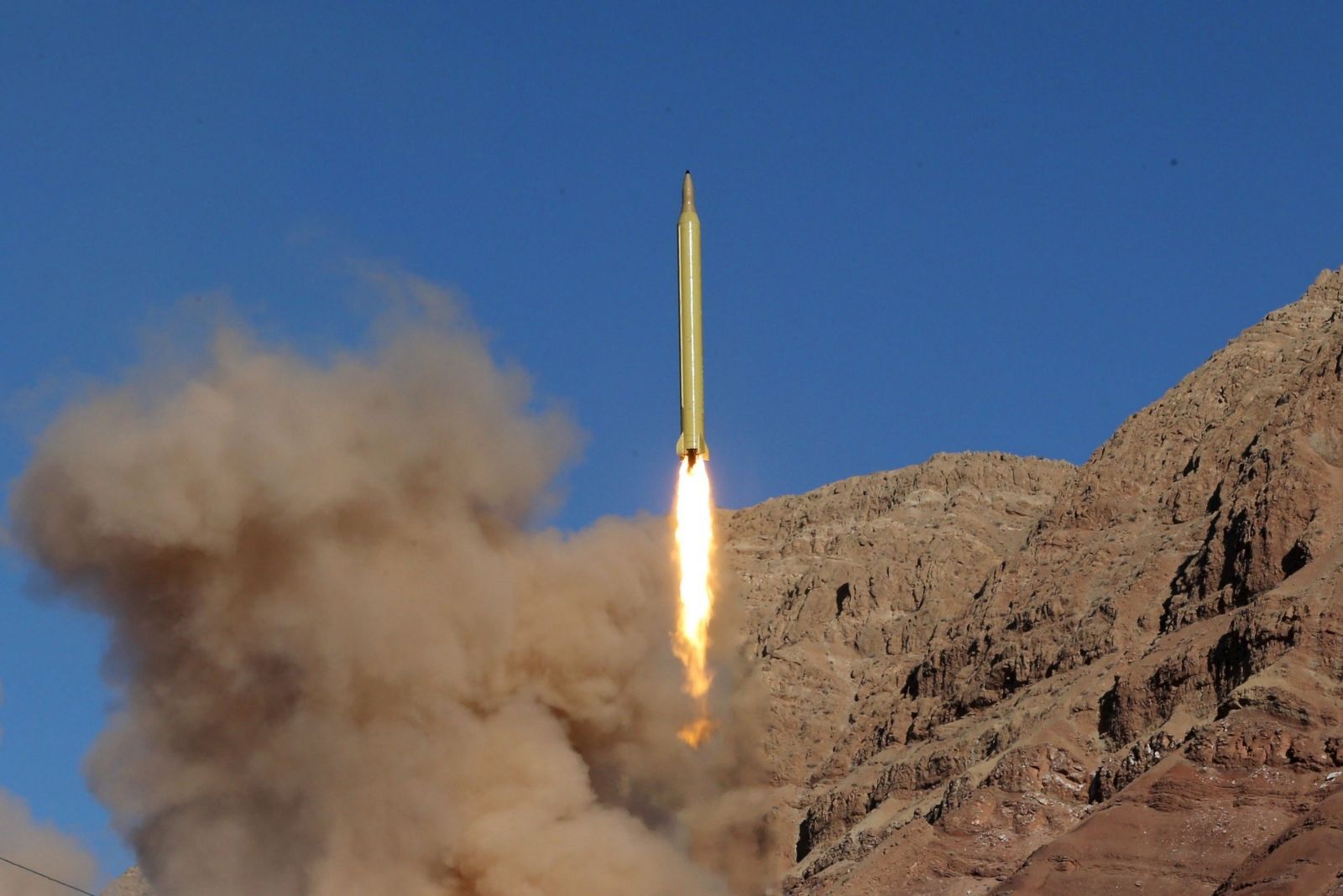Newsweek,
- IED Devices Showing up in Pakistan, Somalia, Thailand
- US Spending Billions Of Dollars to Fight Them with Limited Success
NEW YORK: Insurgents in Iraq have perfected a new way of war based on the use of improvised explosive devices, or IEDs. The devices are cheap, easy to make, adapt and are, above all, deadly. In the August 20-27 double issue of Newsweek (on newsstands Monday, August 13), Correspondent-at-Large Evan Thomas and National Security Correspondent John Barry examine how the U.S. has spent billions of dollars in the fight against the devices that can be made from instructions found on the Internet and cost about as much as a pizza.
The bombs have bled the U.S. military in Iraq and thanks to the ubiquitous videos of IED attacks shot by insurgents and put up on YouTube, they will be credited with driving the U.S. out of the country whenever we do leave, Newsweek reports. Guerrillas, even armies, elsewhere are watching: most of the world's conventional militaries would be vulnerable to similar tactics. Already, locally made devices have begun appearing on battlefields from Somalia to Thailand to Pakistan.
The U.S. military hasn't told the public exactly how many soldiers and marines are killed and injured by IEDs every month in Iraq. The official explanation for keeping this information under wraps is that disclosures would aid the enemy, but possibly also because of the embarrassment of Pentagon officials who say they have spent at least $6 billion so far trying to defeat IEDs, with limited success. The best estimate is that about one in three soldiers lost in 2004 was killed by an IED. Now it's more like four out of five, Newsweek reports. About 50 soldiers a month are killed or injured by IEDs, up from about 30 a year ago. Success, such as it is, is measured this way: the insurgents are setting off more and more IEDS every month-perhaps twice as many as last year. The American death toll is not rising as fast. Officials claim that about eight out of nine IED casualties are injured, not killed.
To make matters worse, insurgents have already begun to improve the IED, Newsweek reports. About two years ago, Americans fighting against Shiite insurgents began seeing the deadly effects of a new IED, with a charge that could blast right through an armored vehicle, even a tank. These explosively formed projectiles (EFPs) are shot out of crude cannons shaped roughly like coffee cans. Making an EFP requires expertise and machine tools, and earlier this year the Americans claimed the devices originated in Iran. The military claims that EFPs accounted for a third of American combat deaths in July.
The success of the insurgent tactics employed in Iraq seems to guarantee we will see them again elsewhere. In the dry jargon of military thinkers, guerrilla fighting is called “asymmetrical warfare.” The asymmetries are not just physical or technological, but moral. Martin Van Creveld, a well- respected historian at Hebrew University, puts the proposition starkly: because occupying powers are automatically cast as the bully, they have to show restraint in the battle for world opinion. “You cannot be both strong and morally right at the same time,” says Van Creveld. “But if you are small and weak, then you can do whatever you want. Necessity does not have any moral bounds.”
Read Full Report at Here









